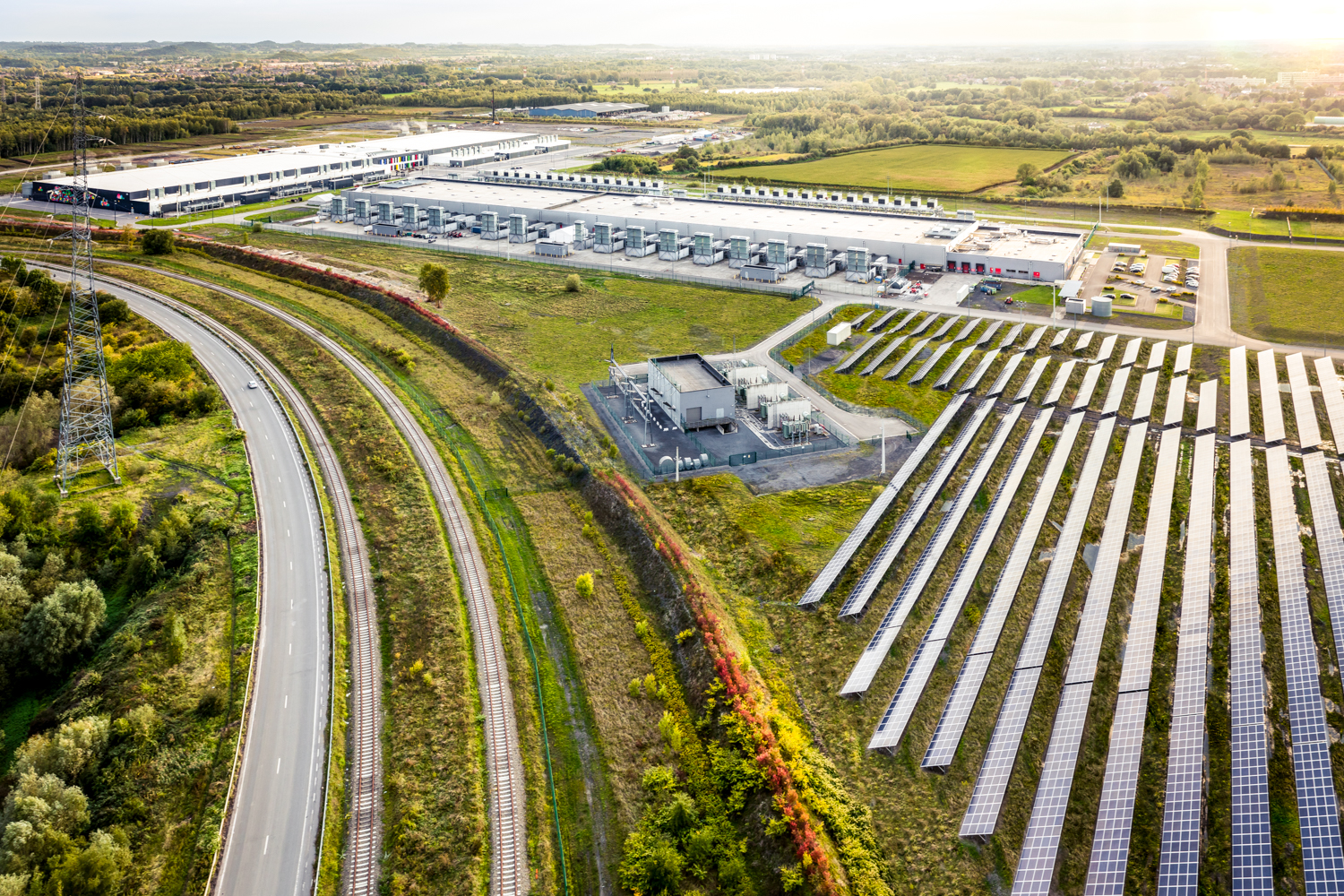A $100 billion opportunity to boost digital exports in Latin America
The World Trade Organization recently predicted global trade growth will slow sharply next year, and the World Bank believes that declining growth rates will undermine efforts to reduce poverty. Meanwhile, inflation, high energy prices and fiscal pressures are in focus for policymakers everywhere.
Against this gloomy backdrop, one area that remains a source of optimism is the potential for digital transformation to jumpstart economic growth and create new opportunities — particularly for micro-, small- and medium-sized enterprises (MSMEs) who often are most vulnerable to economic downturns. As more people and businesses come online, particularly in emerging markets, the internet continues to create new opportunities for businesses to export and grow.
A report that we’re launching today gives us a sense of the scale of the opportunity, estimating that the right investments in digital transformation can boost the exports of six Latin American countries up to $140 billion annually, by 2030 – a four-fold increase over current levels.
“The Digital Sprinters”
Today’s report builds on our 2020 Digital Sprinters framework, which offered a blueprint for how emerging economies can accelerate their digital transformation with investments in four key areas:
- Infrastructure: Investing in digital connectivity and secure and environmentally sustainable infrastructure, including smart management.
- People: Preparing people across all communities for the jobs of the future by helping to skill and train them for the digital economy.
- Technological innovation: Deploying technological innovation that can unlock new opportunities. Increasing the use of data, artificial intelligence, and cloud computing, to create efficiencies and enable economic growth.
- Public policies: Creating a predictable regulatory ecosystem that promotes competitiveness, open markets, interoperable regulatory standards, and tax regimes based on international standards.
Digital Exports in Latin America
To assess the potential for Latin America, we commissioned new research to better understand digital exports and their potential to impact six economies in the region. The results are noteworthy. Overall, researchers projected digital exports to contribute more than 2% of GDP for Argentina, Brazil, Chile, Colombia, Mexico and Uruguay by 2030, or approximately $140 billion per year – an increase from the current $34 billion, or 0.8% of GDP.
The research identifies three ways in which the digitization is changing trade in Latin America:
- Easier access to new markets. The lion’s share of current and potential economic gains come from digital tools that facilitate access to overseas markets, making it easier to sell abroad. What previously required heavy upfront investment and navigating complex bureaucratic processes can today be handled online, often on a smartphone or tablet. Over 60% of economic growth is fuelled by tools like online ads, which are regularly served to consumers abroad. Cloud services are another driver of digital exports, enabled by new infrastructure investments in the region, like Google’s “Cloud Regions” in Santiago, Chile, and São Paulo, Brazil.
- New products. The second area, making up over a third of expected gains, are exports of a growing array of new digital products and services. Think of mobile apps that find a global audience through the Play Store or other platforms. More than 2.5 billion people in over 190 countries use Google Play every month. And more than 2 million developers work with us to build their businesses and reach people around the globe. Video streaming is another example where content produced in one country can easily be exported. Paying out over $6 billion to content creators between 2021 and 2022, YouTube is enabling content and culture to transcend borders.
- Digitization of trade procedures. A third area that is contributing to export growth is the overall digitalization of trade processes. Think paperless procedures at the border or in ports, email or online forms instead of phone calls, or Cloud computing or artificial intelligence technologies to simplify formerly complex trade machinery while shrinking the cost. Google Translate supports more than 100 languages, it can translate entire websites, scanned documents or pictures, enabling seamless communication across borders. While not counted in overall estimates, digitalization of trade would bring additional efficiencies to trade balances.
A big opportunity for small businesses
Leveraging digitization for exports is already taking place today. For example, Doris Canseco opened a traditional flower shop in Mexico, but the limited local market led her to move online. Using Google Ads to get the word out about her business, Flores de Oaxaca's customers in Europe, the United States and Canada, among other places. The business doubled in size and today online sales account for between 60 and 85 percent of its total revenue.
Similarly, Germán Garmendia was born in the small town of Copiapó, in the Atacama desert in Chile. A shy and quiet child, his mother signed him up for drama classes. A few years later, Germán started posting videos online. Today, he is one of the world’s most popular YouTubers, with more than 43 million subscribers on HolaSoyGerman and 46 million on JuegaGerman, and has used the platform to break into other fields.
Doris’ and Germán’s stories reflect a broader trend in Latin America and beyond, where digital tools are democratizing access to the global economy and creating new opportunities that didn’t exist a generation ago. The new report suggests that governments, together with the private sector and civil society, should adopt policies and invest to reinforce this trend.
Compelling data for governments and policymakers
The report looked at how policymakers can unlock export opportunities in a way that is inclusive and sustainable. Based on prior experience across Latin America, they identified 11 recommendations across five areas, which are aligned with the Digital Sprinters framework: — (1) lead from the top, (2) build physical capital, (3) develop human capital, (4) enhance competitiveness, and (5) enable technology usage. While progress and priorities vary among countries, the most common recommendations involve boosting digital infrastructure, digital skilling, digital security and policies that promote trade.
How Google is supporting economic inclusivity through exports
The report estimates that Google's digital products enabled 13% of the export growth across these economies in 2021. We are proud of this contribution and look forward to supporting future growth. We’re also committed to supporting entrepreneurship and skills development across the region.
When we opened our Google for Startups campus in Brazil in 2016, there were no “unicorns” — startups valued at $1 billion or more – in the region. Today, there are 35, including 13 that have been part of our Google for Startups programs. Many of these startups develop digital exports, provide their services across borders, and help traditional small businesses to grow. With investment, resources and training from Google, we have supported more than 450 startups in the region. These startups have gone on to raise more than $9 billion in investments while creating 25,000 jobs.
We’re also supporting digital skills—like cross-border marketing online — which are key to unlocking opportunities for entrepreneurs. Through our Grow with Google program and Google.org grantees, we’ve trained nearly eight million people across Latin America in digital skills since 2017. To build on this momentum, we’ve recently announced that we’ll provide Google Career Certificate scholarships to train one million more people in Latin America — opening paths to well-paying jobs in high-growth fields.
Next Steps
At a time of global macroeconomic uncertainty, it is more important than ever to double down on digitally-led trade growth . We hope this research we are releasing today sheds further light on the opportunities and policies needed to achieve them —and helps communities and policymakers in Latin America as they seek to harness digital transformation to become Digital Sprinters.






